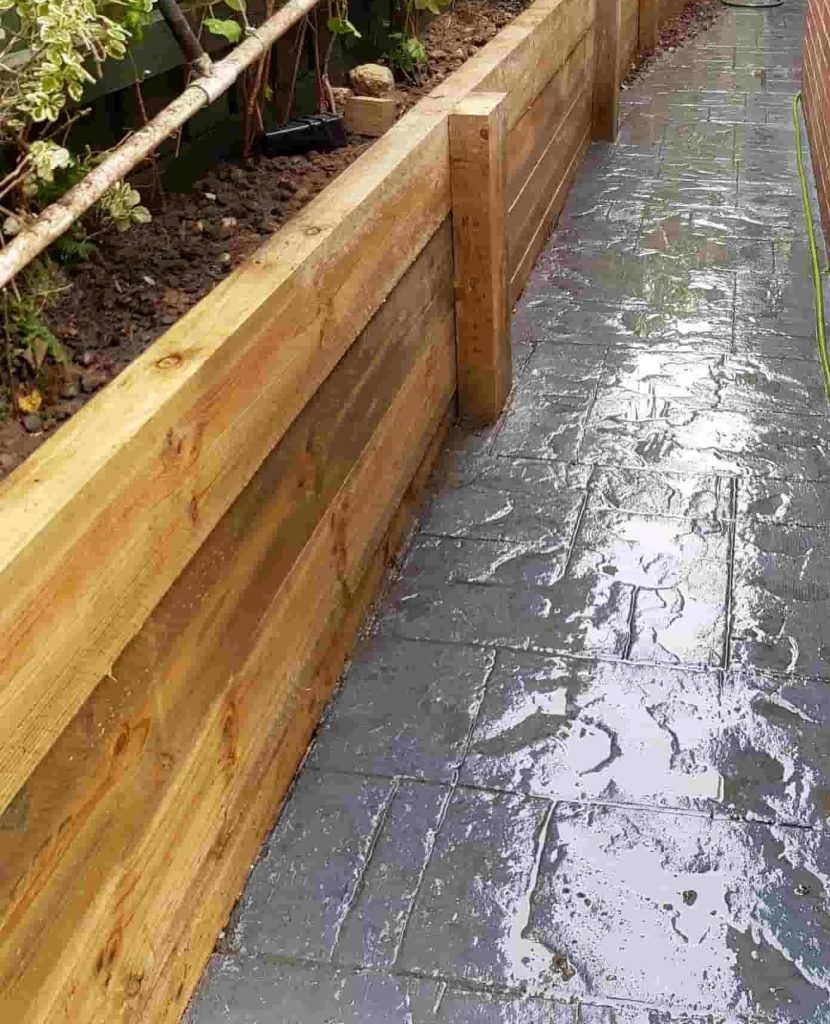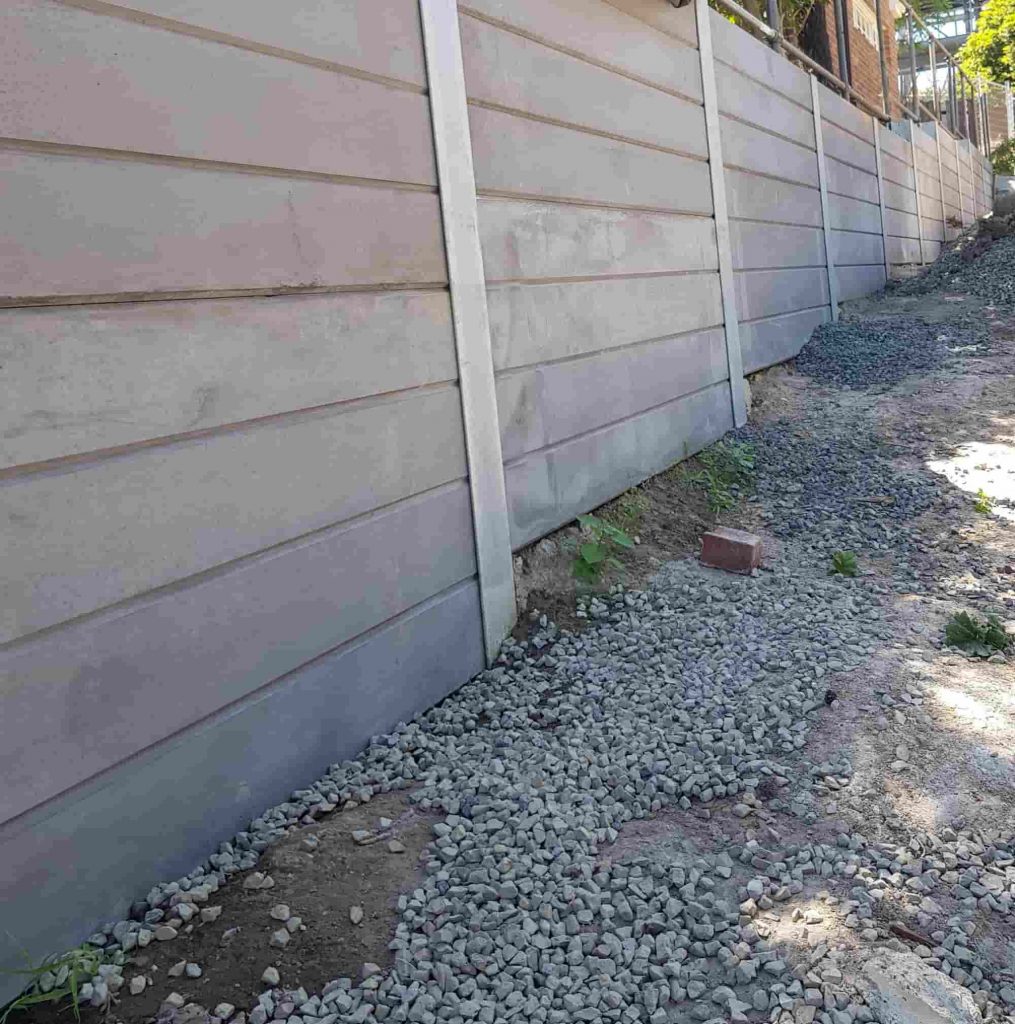Introduction
Building a retaining wall can be a transformative task for any property owner. Whether you're seeking to boost your garden, support your landscape, or add visual interest to your outside area, collaborating with your retaining wall professional is essential for achieving the best outcomes. This substantial guide will check out how to efficiently communicate and collaborate with your specialist, making sure that your vision is realized while likewise sticking to professional requirements. From choosing the right products-- like timber sleepers and concrete sleepers-- to understanding the structural advantages of H beams, this short article will equip you with the understanding you need.
Collaborating with Your Retaining Wall Specialist for Finest Results
1. Comprehending the Function of a Retaining Wall Contractor
A retaining wall contractor plays a crucial role in any landscaping project including keeping walls. They bring the competence needed to guarantee that your wall is not just aesthetically pleasing but likewise structurally sound. Their duties typically consist of:
- Design Consultation: Discussing your concepts and equating them into convenient designs. Material Choice: Advising on ideal products such as timber sleepers, concrete sleepers, and H beams based on sturdiness and cost. Project Management: Overseeing construction timelines, handling labor, and guaranteeing compliance with regional regulations.
2. Value of Interaction in Collaboration
Clear communication is the bedrock of effective partnership. http://judahlhgk309.almoheet-travel.com/checking-out-innovative-solutions-with-modern-retaining-wall-installers Routine updates about task development can prevent misunderstandings that may lead to expensive delays or revisions.
- Establishing Communication Channels: Agree on how you will interact-- whether through emails, call, or in-person meetings. Setting Frequency of Updates: Decide how often you desire updates concerning progress or any problems that arise.
3. Preliminary Consultation: Setting Expectations
During the preliminary assessment stage, it's important to articulate what you anticipate from the project:
- Budget Constraints: Be in advance about what you want to spend. Design Preferences: Share images or sketches that represent your desired style.
4. Choosing Products: Wood Sleepers vs. Concrete Sleepers
One of the most vital decisions you'll make is picking materials for your retaining wall:
Timber Sleepers: Pros and Cons
- Pros: Aesthetic appeal, ease of installation. Cons: Prone to rot with time if not treated properly.
Concrete Sleepers: Pros and Cons
- Pros: Durability and longevity; resistant to weathering. Cons: Greater initial expense compared to timber.
5. Comprehending Structural Components: The Role of H Beams
H beams are an important part of numerous retaining wall styles:
- Load-Bearing Capability: They offer extra strength and support. Installation Strategies: Discuss how these will be incorporated into your style plan.
6. Creating Your Retaining Wall: Collective Brainstorming
In this stage, both you and your professional need to take part in brainstorming sessions:
- Utilize design software application tools if available. Review regional building codes together to ensure compliance.
Effective Project Management Strategies
7. Timeline Advancement: Setting Milestones
A distinct timeline can help keep the task on track:
Define significant phases (e.g., design approval, product procurement). Set interim turning points to examine progress.8. Spending Plan Management: Preventing Expense Overruns
Discussing spending plan management methods is necessary:

- Keep track of all expenditures. Allow for contingency funds in case unforeseen costs arise.
9. Quality Assurance Practices
Quality assurance makes sure that every aspect meets industry requirements:
Discuss assessment points throughout the process. Schedule follow-up assessments as soon as construction begins.
Project Execution Stage: Working Together Smoothly
10. On-Site Partnership: Regular Check-ins
Once work begins, maintain regular check-ins with your specialist:
- Ask about daily progress. Address any concerns instantly before they escalate.
11. Managing Modifications Midway Through Construction
Flexibility might be essential throughout building and construction:
Ensure there's a clear procedure for initiating changes. Document whatever in writing for accountability.Post-Construction Considerations
12. Last Assessments and Approvals
After building finishes up, carry out a thorough assessment:

13. Upkeep Tips for Your Retaining Wall
Proper maintenance extends the life of your retaining wall:
For Wood Sleepers
- Regularly examine for signs of rot or pests.
For Concrete Sleepers
- Check for fractures or signs of wear; resolve them promptly.
FAQs
Q1: How long does it take to develop a keeping wall?
A1: The timeline differs based on size and intricacy but typically takes between 1 week to numerous months.
Q2: What allows are needed for building a retaining wall?
A2: Authorizations frequently depend upon local guidelines; speak with your contractor who can navigate these requirements effectively.
Q3: Can I install my own retaining wall?
A3: While DIY is possible, employing experts ensures structural integrity and compliance with building codes.
Q4: What type of soil is best for supporting a keeping wall?
A4: Well-drained soil types offer much better assistance; speak with geological studies if uncertain about soil conditions at your site.
Q5: Are there environmental considerations in developing a keeping wall?
A5: Yes! It's important to consider drainage patterns and regional wildlife when planning construction.
Q6: Is insurance required when hiring a contractor?
A6: Definitely! Making sure that specialists have appropriate insurance coverage protects you from liabilities during construction work.
Conclusion
Collaborating with your retaining wall specialist for finest results isn't almost laying bricks or stacking stones; it has to do with developing a collaboration rooted in clear communication, shared regard, and a steadfast dedication to quality craftsmanship. By following this detailed guide-- comprehending each phase from material selection like wood sleepers or concrete sleepers through effective task management-- you'll be set up for success in realizing your vision while guaranteeing structural integrity through elements like H beams.
Remember that every effective collaboration includes effort from both celebrations; staying engaged throughout the process makes all the distinction in accomplishing exceptional results!